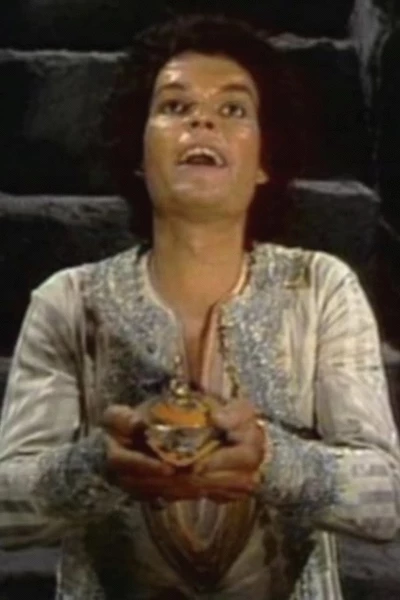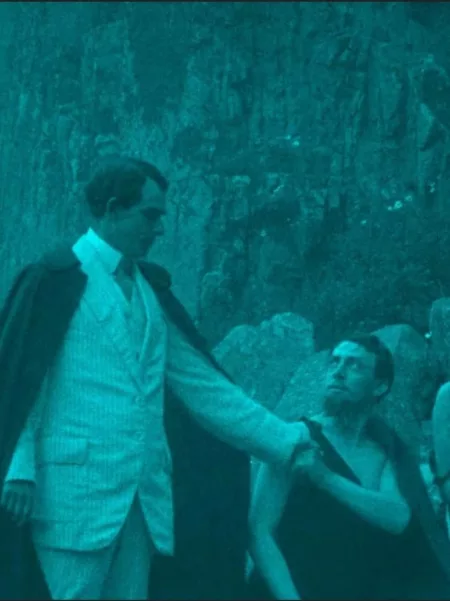Biography
(No Information)
Filmography
all 4
Writer 4
Movies 3
TV Shows 1
Screenplay / Script / Writer / Writer / Screenplay

Aladdin eller den forunderlige lampe (1975)
TV
Information
Known ForWriting
GenderMale
Birthday1779-11-14 (245 years old)
Birth PlaceCopenhagen, Denmark
ChildrenMarie Louise Oehlenschläger
FatherJoachim Conrad Oehlenschläger
SiblingsSophie Ørsted
CitizenshipsKingdom of Denmark
AwardsPour le Mérite for Sciences and Arts order
This article uses material from Wikipedia.
Last updated:
 Adam Oehlenschläger
Adam Oehlenschläger- Filmography
- Information

